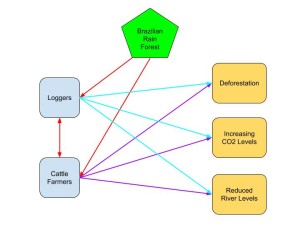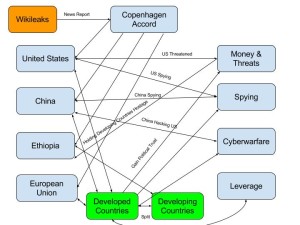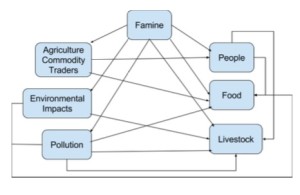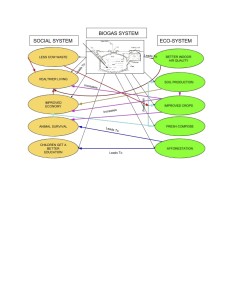The topic I chose for this assignment is about how market forces of globalization are assaulting the Amazon. Over the past forty years, a war has been taken place over land in the Amazon area of Brazil. Many people live in fear, their lives have been threatened, and in extreme circumstances, some have even lost their lives by those who profiting from the removal of trees or order to acquire land. Historically the culprits have been loggers, and cattle ranchers, but now industrial scale farming producers have been joining in the destruction of our precious rainforest resources. This action accounts for over twenty percent loss of the Amazon rainforest. If this continued obliteration continues at the current rate we will see the elimination of plants, animals, and trees native to the Amazon rainforest forever. Furthermore, there will be drought, wildfires and a reduction of river levels, and an increase of CO2 in the atmosphere. Tasked to stop this illegal land grab is the Brazil’s environmental protection agency, but the agency is understaffed and technically debilitated; additionally, inspectors assigned to monitor thousands of square miles are overwhelmed (Wallace 2016).
Up until recently the Brazilian government as been silent on this manner, but it is now imposing a new law to stop the deforestation that in leading to global warming. The government is requiring landowners to register their track of land and provide information regarding the clearing forest for logging and cattle. This new law will allow the government to award lots up to 250 acres for free to settlers. Additionally, no one will be able to purchase land more than 6,000 acres without an act of congress (Barrionuevo 2009). This is the first step towards correcting the past destruction, but a small step at best.
References
Barrionuevo, Alexei. Brazil Aims to Prevent Land Grabs in Amazon. 12 26, 2009. http://www.nytimes.com/2009/12/27/world/americas/27brazil.html?_r=0.
Wallace, Scott. Farming the Amazon. 2016. http://environment.nationalgeographic.com/environment/habitats/last-of-amazon/#page=3.




